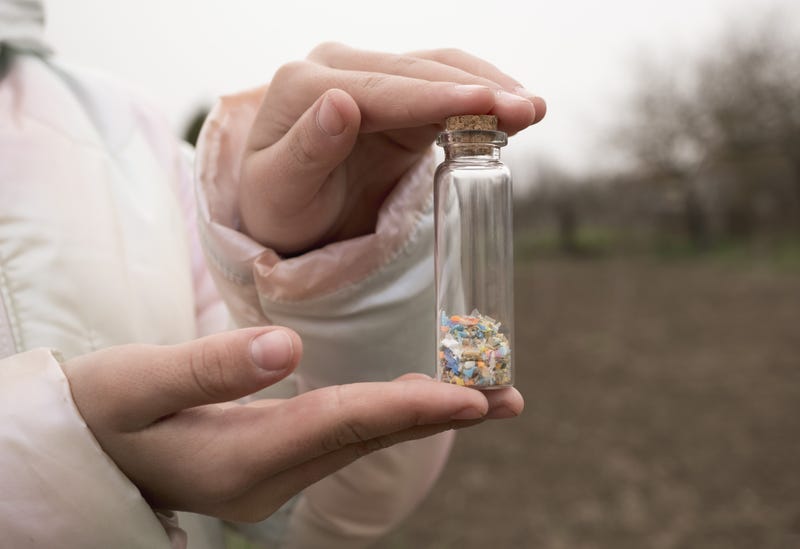
A recent study sounds the alarm about microplastics in our waterways.
Of the 40 lakes in Minnesota that were tested how many were found to contain microplastics?
"We did find microplastic in every single one," says Katelynn Rolfes, a conservation advocate for Environment Minnesota.
How concerned Minnesotans should be is still something they're working out.
"There is, not at this time, sufficient research to tell us how dangerous it is," says Rolfes. "But what we do know is that in wildlife, microplastics have been found to have a really detrimental effect on them. This is scary because we actually don't know. We don't know the implications of this."
Microplastics have become a significant environmental concern due to their widespread presence in various ecosystems, potential harm to wildlife and marine life, and the uncertainty surrounding their long-term effects on human health.
Sources that can lead to microplatics entering our waterways include microfibers shedding off of clothing, along with degrading plastic bottles and bags.
The new report, released on Thursday by Environment Minnesota Research and Policy Center, features test results from lakes, rivers and streams, from the Northern coast of Lake Superior to the Southwest corner Minnesota.
The water bodies were sampled between May and September of 2025.
“Nothing we use for a few minutes should be able to pollute our environment for hundreds of years," added Rolfes.
The Minnesota Pollution Control Agency is also getting a state-funded report prepared detailing just how many microplastics are in Minnesota’s surface, drinking, and groundwater. That is expected to be released next year, marking the first statewide snapshot of its kind.
“Microplastic pollution is not an ‘over there’ problem. It’s a ‘right here’ problem. None of us have the luxury of carrying a ‘not in my back yard’ attitude about this pollutant,” says Dr. Mary Kosuth, a researcher at the Institute on the Environment at the University of Minnesota. “This isn’t a hopeless situation, there are many ways we can take action. As individuals, as community members, as whole nations, we can uphold human and environmental health and justice with our creative ideas and bold visions. Everyone has something to offer. When it comes to microplastic pollution, it’s all hands on deck.”
Rolfes says there are steps we can take to prevent these from entering our lakes, rivers, and streams.
"We can reduce the amount of plastic that we have in our everyday lives," she says. "Of course, that is very difficult to do. Plastic is so accessible and it's cheap, but we, as a community, need to consciously reduce our singular use plastic because that's where it starts."
